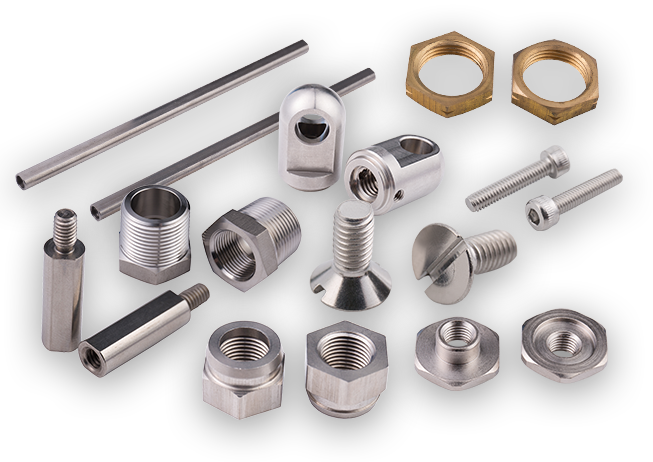-
CBB61 1.2uF/400V Black Film CapacitorsThe CBB61 1.2uF/400V capacitor features a black casing with black dielectric material, measuring 37mm × 24mm × 13mm. It includes mounting holes for se...
-
CBB61 1.5uF/400V CapacitorsThe CBB61 1.5uF/400V capacitor shares the 37mm × 24mm × 13mm black casing and black dielectric material with its 2.0uF counterpart. It also features m...
-
CBB61 2.0uF/400V CapacitorsThe CBB61 2.0uF/400V capacitor comes in a black casing with a black dielectric material, measuring 37mm × 24mm × 13mm. It includes mounting holes for ...
-
CL21 155/400V CapacitorsThe CL21 155/400V capacitor measures 22.5mm × 17.5mm × 10.3mm and is designed with a brown encapsulated casing, offering robust insulation and environ...
-
CL21 105/630V CapacitorsThe CL21 105/630V capacitor has dimensions of 22mm × 12.5mm × 7mm and features a brown encapsulated design, providing enhanced insulation and mechanic...
-
X2-104uf/305V CapacitorsThe X2-104uF/305V capacitor measures 18mm × 12mm × 11mm and features a yellow shell and yellow dielectric material, ensuring reliable insulation and l...
The Unsung Hero: Your Guide to Stainless Steel Bolts
Industry News-Stainless steel bolts are ubiquitous, holding together everything from kitchen appliances to offshore oil rigs. But what makes them so special, and how do you choose the right one? This guide dives into the essential information you need.
Why Choose Stainless Steel?
The primary superpower of stainless steel is its corrosion resistance. Unlike standard carbon steel bolts that rust easily, stainless steel contains a minimum of 10.5% chromium. This chromium reacts with oxygen to form an invisible, self-repairing "passive layer" (chromium oxide) on the surface, shielding the underlying metal from rust and many other corrosive attacks. This makes SS bolts ideal for:
-
Harsh Environments: Marine applications (boats, docks), coastal areas, chemical processing plants, food & beverage production (hygienic).
-
Outdoor Exposure: Structures, fencing, railings exposed to rain, snow, and humidity.
-
Aesthetic Applications: Where visible hardware needs to stay shiny and rust-free (furniture, architectural features).
-
Hygiene-Critical Areas: Medical devices, pharmaceutical equipment, kitchens.
Understanding the Grades: Not All Stainless is Equal
The two most common grades for bolts are crucial to understand:
-
A2 / 304 (AISI 304): The most widely used "general-purpose" stainless steel.
-
Pros: Excellent corrosion resistance in most atmospheric and mild chemical environments, good formability, cost-effective.
-
Cons: Susceptible to chloride-induced pitting and crevice corrosion (e.g., de-icing salts, seawater). Not ideal for prolonged marine immersion or high chloride exposure.
-
Best For: Indoor applications, outdoor structures away from coastal salt spray, food processing (non-chloride washdowns), general machinery.
-
-
A4 / 316 (AISI 316): The "marine grade" or "acid-resistant" stainless steel.
-
Pros: Significantly improved corrosion resistance due to the addition of Molybdenum (2-3%). Excellent resistance to chlorides, pitting, and crevice corrosion. Suitable for marine environments and harsher chemical exposures.
-
Cons: More expensive than A2/304.
-
Best For: Marine applications (boats, docks), coastal environments, chemical processing, swimming pools, environments exposed to de-icing salts, pharmaceutical equipment.
-
Key Considerations When Using Stainless Steel Bolts:
-
Galvanic Corrosion: This is CRITICAL. If stainless steel connects to a less noble metal (like aluminum, zinc, or plain carbon steel) in the presence of an electrolyte (water, salt), the less noble metal will corrode rapidly. Always isolate dissimilar metals using non-conductive washers (plastic, nylon) or coatings.
-
Galling (Cold Welding): Stainless steel, especially austenitic grades (304, 316), has a tendency to gall. Under high friction and pressure during tightening, the threads can literally weld themselves together, seizing the bolt. Prevention is key:
-
Use slower tightening speeds.
-
Apply a specialized anti-seize lubricant specifically formulated for stainless steel (avoid copper-based anti-seize with SS-SS contact unless recommended). Nickel-based anti-seize is often a good choice.
-
Ensure threads are clean and undamaged.
-
-
Torque Values: Stainless steel bolts generally require lower torque than equivalent strength carbon steel bolts to achieve the same clamping force. Over-torquing can easily lead to thread stripping or bolt stretching/failure. Always consult manufacturer torque tables for the specific SS grade, size, and lubrication used.
-
Strength: While strong, common austenitic grades (304, 316) typically have lower tensile and yield strengths than high-strength carbon steel bolts (like Grade 8). Higher strength stainless grades exist (e.g., 17-4 PH), but A2/A4 are the most common. Know your strength requirements.
-
Passivation: While the passive layer forms naturally, a chemical passivation treatment after manufacturing (e.g., dipping in nitric acid) can enhance and ensure the uniformity of the protective oxide layer, maximizing corrosion resistance. Most reputable bolt suppliers provide passivated fasteners.
Choosing the Right Bolt:
Ask yourself these questions:
-
Environment: What are the exposure conditions? (Saltwater, chemicals, humidity, temperature extremes?)
-
Strength Requirement: What load does the joint need to withstand?
-
Materials Joined: Are you connecting to other stainless, aluminum, carbon steel, or other materials? (Remember galvanic corrosion!)
-
Appearance: Is a bright, clean finish important?
-
Budget: A2/304 is cheaper; A4/316 offers superior corrosion resistance at a higher cost.

Stainless steel bolts are indispensable for their corrosion resistance, durability, and aesthetics. Understanding the differences between common grades (A2/304 vs. A4/316), being vigilant about preventing galvanic corrosion and galling, and applying correct torque are essential for successful and long-lasting installations. By selecting the appropriate grade and following best practices, you ensure these unsung heroes perform reliably in demanding environments for years to come. Always source bolts from reputable suppliers who provide clear material certifications.



 русский
русский Español
Español